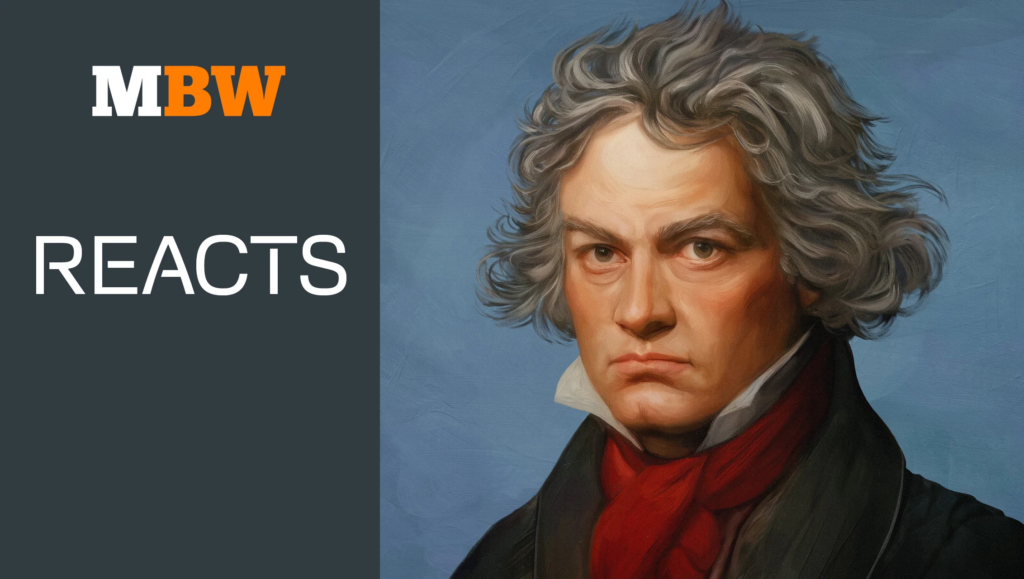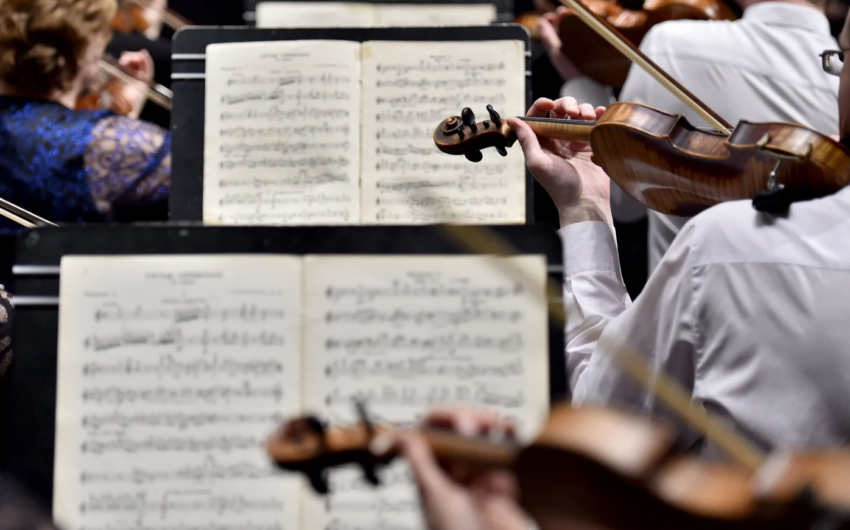Classical music has suffered with streaming. Classical music has fallen behind as Spotify and Apple Music develop the record industry.
Some say the big music streaming services have failed classical music lovers until now due to inequitable licensing schemes and poor metadata foundations for search and recommendation algorithms.
On March 28, a year and a half after purchasing Primephonic, Apple launched Apple Music Classical as a standalone app for current Apple Music subscribers for $10.99/£10.99 per month.
The new service offers enhanced searches and suggestions, hundreds of expert-curated playlists, exclusive recordings, instructional podcasts, hi-res and Spatial Audio, editorial material, and more for classical music aficionados.
Many classical music fans are pleased that Apple is promoting it.
Idagio, Naxos Music Library, STAGE+, and Tempso, as well as medici.tv and Symphony’s video offerings, cannot compete with Apple’s scope and visibility.

Will Apple Music Classical fix classical music streaming?
To address that question, consider why Apple is interested in classical music and what it means for classical performers and the streaming business.
Classical music—why?
Classical music seems improbable for one of the world’s largest enterprises. Classical music only sold 1% of US albums in 2019, according to Nielsen Music and MRC Data. Classical music’s 2018 global income was US$384 million, according to MiDIA, sponsored by Idagio, but it pales in compared to popular music’s billions.
Even with 88 million customers, Apple Music has never made much money. Tim Cook told Fast Company in 2018 that Apple Music is a loss leader.
Thus, Apple’s chances of profiting from classical music are slim. Instead, music leads people to iPhones, AirPods, HomePods, Macs, Apple Watches, and their many services (Apple Music Classical is iPhone-only).
Apple Music Classical may offer enough value to attract users from Spotify, Tidal, and Qobuz. Apple’s high-end brand appeals to classical music’s rich audiophiles, and the genre’s cultural prominence matches Apple’s.

Artists—what about?
What happens to artists if Apple doesn’t benefit from classical music? Streaming has been attacked for major record companies’ low payout rates, which underpay all but the greatest performers (Apple Music pays artists more than most other providers). Apple Music Classical’s subscription model won’t help classical performers and companies earn enough from streaming.
Grammofy founder and CEO Lukas Krohn-Grimberghe wrote about Apple Music Classical being a standalone app. Apple’s classical music venture excited him, but “from a music licensing standpoint nothing changes.” Not for Apple, artists, or rightsholders. Revenue is still pooled with all of Apple Music and then prorated based on the same strategy that has dominated the market for 10+ years.” He said that Apple Music is “too high a price point for a standalone niche genre music app (as Primephonic, Grammofy and Idagio can attest),” making the new service unlikely to attract new streaming users.
Krohn-Grimberghe explains that “as long as Apple is only converting users of its competitors, the overall money in the pot remains equal and artists will receive exactly the same payouts.” The only way artists might benefit financially from this new app is if the ratio of classical music listening to other genres is significantly altered – which I think is unlikely – or if a huge number of classical music listeners who have not yet been music streaming subscribers purchase an Apple Music subscription.”
Apple Music Classical may not benefit most classical artists. Since most streaming services pay artists based on the number of streams rather than listening duration, classical music’s tendency toward longer tracks is disproportionately disadvantaged. One stream of a two-minute pop song earns as much as a twenty-minute symphony movement.
Niche classical streaming services have faced these issues. Grammofy, Idagio, and Primephonic negotiated a per-second royalty scheme with record companies to more evenly distribute money to musicians, however Apple Music Classical does not appear to use it.
New funding streams may help classical musicians more. Apple established relationships with orchestras and performers including Yo-Yo Ma and Hilary Hahn. Idagio now offers classical star-led online classes and unique concerts.
I interviewed Idagio co-founder and CEO Till Janczukowicz about classical artists’ streaming issues and what makes Idagio distinctive.
“Conventional streaming services are for audiences, not artists. Janczukowicz said, “IDAGIO always considers artists and audiences.” We remunerate each second and user-centrically. It creates direct artist-fan formats. Live classes with Thomas Hampson, Marina Mahler, or Jamie Bernstein. In 2015, IDAGIO did not set out to create a streaming platform.
Our objective was direct artist-audience connection. Building a streaming platform was simply step 1. IDAGIO will help artists make money and bring artists and audiences together.
NICHE NEEDED?
Niche classical providers like Idagio offer interesting streaming options. They can integrate features that mainstream platforms cannot, possibly increasing artist revenue and customer satisfaction.
Niche streaming services are risky. A streaming service’s infrastructure, licensing, and marketing costs millions. Niche providers must compete with Apple, Amazon, Google, and Spotify, which dominate the streaming industry.
It doesn’t help that classical-only service subscribers are few. “In terms of user experience, I see the multiplication of streaming subscriptions as an issue, and a holistic approach to music as a requirement,” says Pierre Pariente, co-founder and CEO of classical service Tempso. Many classical music enthusiasts increasingly listen to other genres and desire one streaming subscription for all their music.
As a “small-scale startup with extremely limited spending,” Tempso created a classical music interface and engine that layers on top of Spotify and Apple Music, eliminating the need to construct a streaming service. “We designed our system, including the database, app, and design, as a white-label service, allowing us to connect Tempso to any existing streaming platform like Qobuz, Tidal, Amazon Music, and YouTube, in addition to Apple Music and Spotify today,” Pariente explains. We think Tempso, in combination with one of those platforms, might rival Apple Music Classical. Tempso does not yet produce cash because it is free for Spotify and Apple Music customers.
Even Spotify, the world’s most popular streaming service, isn’t profitable, making it hard for solo classical services to make money or convince investors. Grammofy, Composed, and other classical music streaming services failed for these reasons.
Primephonic joined Apple Music Classical after being bought by Apple. In the purchase press release, Primephonic co-founder and CEO Thomas Steffens said, “artists love the Primephonic service and what we’ve done in classical, and now we have the ability to join with Apple to deliver the absolute best experience to millions of listeners.”
Apple Music Classical will definitely improve classical music. The app’s rich features will appeal to classical connoisseurs and newbies, bringing the genre greater attention and accessibility. Given how difficult specialized streaming businesses may be, perhaps only Apple can sustain a devoted classical service.
Apple’s financial backing of classical performers is unknown. Apple Music Classical may also hinder small classical streaming businesses, further concentrating music distribution authority in a multi-trillion-dollar firm. Apple’s new service may maintain music industry imbalances.
Many questions remain. Will Spotify adopt classical-specific features like Apple? Will niche competitors like Idagio survive Apple Music Classical? Future Apple Music applications for jazz and other genres?
Apple Music Classical is “just the beginning,” according to Beats and Apple Music VP Oliver Schusser. Hopefully, new royalty models or direct relationships with classical musicians, labels, and performance groups will create new economic prospects for classical artists. Apple Music Classical is a good start, but classical music’s streaming dilemma won’t be remedied easy.

